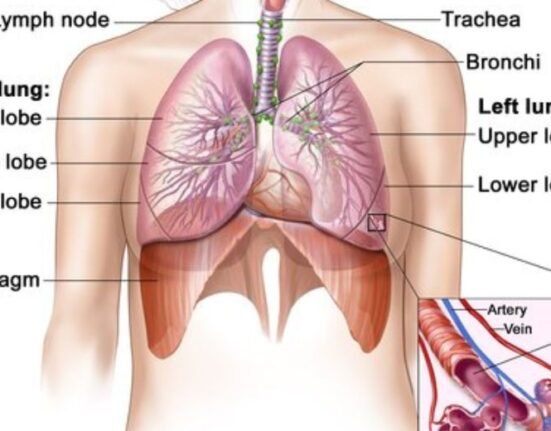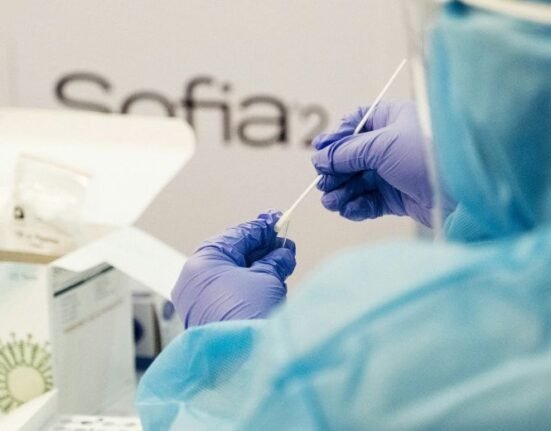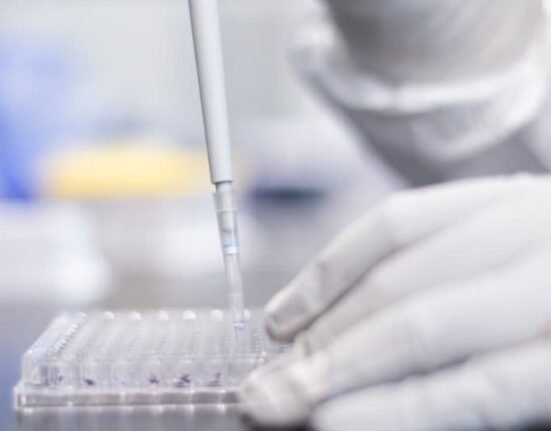HQ Team
March 13, 2024: Lysolipid, a byproduct of the human immune response to viruses and bacteria, may be behind lung instability caused due a life-threatening illness— acute respiratory distress syndrome, researchers said.
Presently, no known cure exists for the lung injury that allows fluid to leak into the lungs after getting infected with Covid-19 or pneumonia. There is no clear reason why specific people with a severe respiratory illness developed the injury, while others did not.
Researchers in this study were looking to find the answer. They said as many as two-thirds of all patients who died from Covid-19 had the syndrome.
A certain level of concentration of lysolipids could have a major impact on adults suffering from the disease, the researchers said. Increased concentration of this chemical eliminates the surfactant, a complex composed of fats and proteins generated in the lungs.
“The result is uneven lung inflation and, ultimately, respiratory distress in adults,” according to the researchers.
Respiratory conditions
Hyper-inflated lungs are when your lungs expand beyond their usual size due to air being trapped inside. It’s common in people with chronic obstructive pulmonary disease and other respiratory conditions.
“This study looked into the correlation of the concentration of the lysolipid in the lungs. Once that fluid reached a certain level, it started to cause severe impacts,” said Joseph Zasadzinski, lead professor on the research.
“Your average everyday person usually won’t need to think about this, but if a virus or infection is bothering your lung surfactant system and you end up in the hospital, then it could become top of mind very quickly,” said Zasadzinski, who is also a professor at the University of Minnesota Department of Chemical Engineering and Materials Science.
The main functions of a surfactant are to lower surface tension at the air–liquid interface and prevent alveolar collapse at end-expiration. It also interacts with and subsequently kills pathogens or prevents their dissemination, and modulates immune responses.
There is a natural amount of lysolipids that exist in the human body, and as long as those stay below a specific concentration, the average person can breathe normally.
‘Open and close lungs’
When someone has a bad infection, those lysolipids increase, which can lead to respiratory distress. Once a patient is headed in that direction, there are not many ways of reversing those symptoms.
“This research shows frequency dependence, or how quickly you open and close the lungs. This could help doctors try to tailor the treatment process for each specific patient,” said Clara Ciutara, a PhD chemical engineering and materials science graduate and first author of the study.
Earlier research on neonatal respiratory distress syndrome in premature infants found that it could be treated by introducing replacement lung surfactant, but not in adults.
It is the amount of lysolipid that determines the outcome of the surfactant in the lungs, not the breakdown of the existing lung surfactant.
Now the researchers will have to test to see if they can manipulate specific molecules to make them less active or stick to a specific place. This could help drop the concentration of the lysolipids to a threshold that may be able to reverse symptoms of the disease and put people on the road to recovery.
The research was published in the Proceedings of the National Academy of Sciences.








